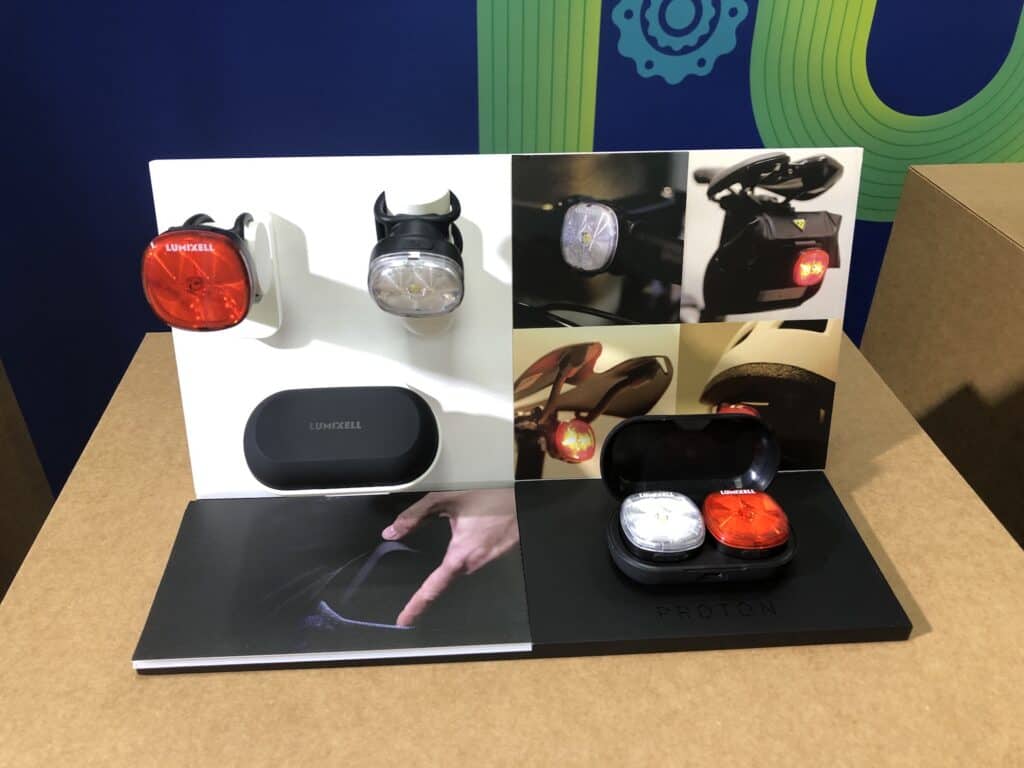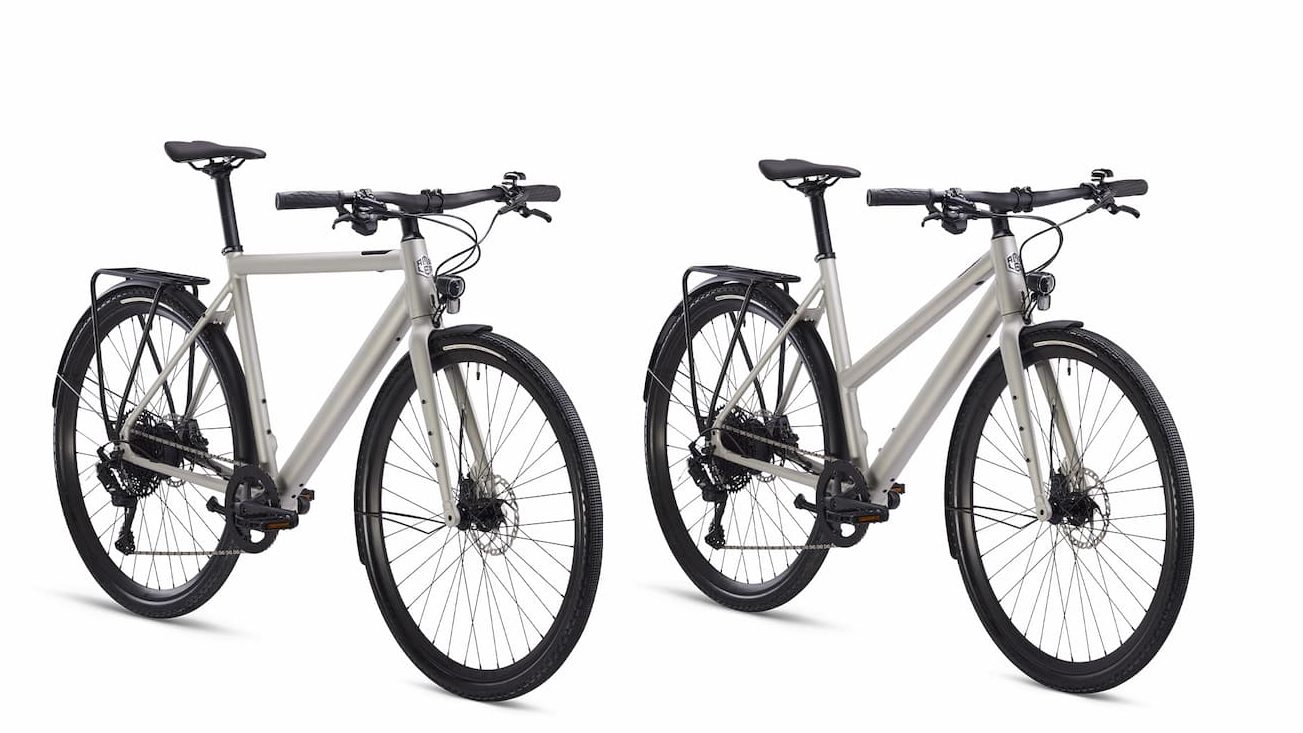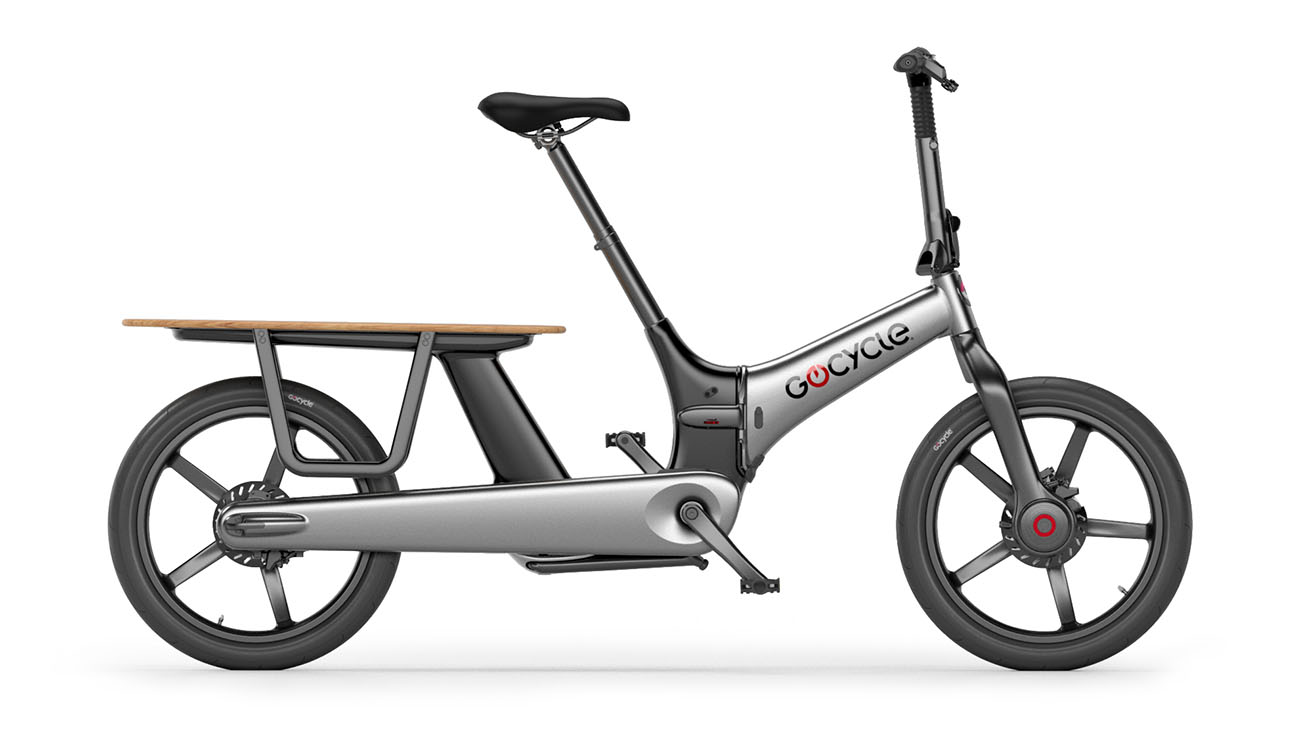The month of March is Taipei Cycle time—this year a key contradiction in the industry was evident, although not so obvious.
On one side are Taiwan suppliers who are keen for orders; on the other side their customers whose inventories are only slowly reducing as cost of living pressures impact consumer discretionary spending.
Adding another twist, the show is turning into a launchpad for more and more startups. Concentrating on e-bike-related products you would be inclined to think these fledgeling businesses will chart the way into the future. Not so fast. Good ideas are one thing; being embraced by the market is quite another.
Contents
Where are Things Headed?
Every year, March is the time to look at exactly where the bicycle industry is headed.

The first big bike show of the year, Taipei Cycle, is held in either the first or the third week of March in alternate years.
We would note, though, that CES which takes place in January each year, contains a growing sub-section devoted to new e-bikes and related technological advances. In the future, CES is likely to become the key venue for showcasing advanced new e-bike tech and applications at the start of each year.
Following CES, the next show is Taipei Cycle. Although high-tech products related to e-bikes are becoming more prevalent—with more service-oriented products in evidence—it’s a mixed bag.
Why “high” tech? Because that is arguably where the greatest opportunities lie:
1. For a startup able to generate a high valuation then hand over to a bigger entity with the capital to scale.
2. An existing legacy player looking to transition to e-bike components, bikes, or systems purchases a company already established in the space.
A key question raised at this year’s Taipei Cycle is “Can you build a company by unique combinations of existing technologies, or technologies that you may have tweaked to give them your own inflection? Sure you can. Apple and Microsoft are famous examples of combining existing tech into insanely popular products. However, you’ve got to have that rare—truly, truly rare—skill of being so deep in the minds of your customers that you pretty much know what they want before they do.
Inen Open E-bike System was founded two years ago and debuted in a tiny booth at this year’s Taipei Cycle.
It’s an increasingly common scenario in which the founder has a tech background which they then bring to the bicycle industry. It’s an obviously attractive honeypot given the potential for expansion to new cohorts of first-time riders.
At this stage of development, the Inen product is an amalgam of existing technologies. The competition from other Taiwan companies specializing in such components and systems (Hyena for example) is stiff, though. To get a seat at the table, you’ll need to introduce real innovation beyond cobbling existing elements into systems of your own making to have the ghost of a chance to survive—not to mention thrive—in this environment.
Taipei Cycle has been defined by competition amongst companies in various OEM categories. Each offers similar products and in the case of tools, often cross promote each other’s products. In this fast moving era characterized by the collision of high-tech digital hardware and software systems with the rise of e-bikes, it’s doubtful that this approach will work very well, if at all, in either the near term or, especially, the long term.
In Focus: Evergreen Issues
Dis-Connected Mobility
The rise of e-bikes has occurred alongside what is being termed the micromobility revolution. And arguably without the first, the second would not have happened.
Moving quickly and efficiently around urban environments is optimized where micro journeys are electrically assisted. Get to, from, and transit between public transportation hubs on your hire e-bike or e-scooter. Replace one car in those households with two, or substitute the one family car altogether with a cargo bike. Opting for a self-owned folding e-bike or e-scooter enables eliminating the public transport element of a journey often completely.
Also accompanying this shift in the ways we can get around cities is the rise of the connected city which largely builds on the Internet of Things. As a concept, anyway—connective infrastructure is still in various stages of implementation in cities around the world. And it is this connectivity that is perhaps the truly revolutionary element in contemporary evolving cityscapes.
The weak link in these chains are, to coin a phrase, the proprietary connective modules otherwise known as apps that brands often include with bikes. Or maybe a consumer has added their own gadget. One which requires an app. Or a whole connectivity system.
What happens when either the app, the company, or both cease to exist? A prominent recent case concerned the VanMoof collapse and subsequent app problems. Cowboy stepped in to help out there of course. Now in what may become a trend the eConnect smart system for Haibike and Winora e-bikes will shut down.

Embedded from Notebookcheck.net
Tracking data on a wide range of variables will cease. Existing data is destined for deletion in line with the EU’s GDPR laws. Customers are advised to go find an alternative. Given the increasing importance of connectivity in urban mobility systems, there may well be a USP (Unique Selling Point) to be exploited here by companies setting up systems that are not based on walled gardens, but platforms that endure. Or in/on platforms that endure.
Is a blockchain solution a way forward? Blockchains at base are simply a different mode of storing data and executing programs. Being cryptographically based, access is always guaranteed, provided users do not lose their key. GDPR concerns also massively complicate the picture. The depth of data that could be captured and usefully made available on a public or partially privatized ledger will probably not be comparable to what can be captured, stored, and accessed in existing app/database applications.
Innovative Design Does Not Always Lead to a Viable Product
The Taipei Cycle d&i awards are showcasing more electronics product innovation each year.

Amongst the seven Gold Award winners in 2024 was the Proton, a set of front and rear lights that can be easily attached and detached. They go on any bike, but the design intent is for them to pair with an e-bike
The Proton is Apple’s AirPods concept turned into lights. Each unit lives in the charging case to recharge when not in use. Install them on a bike for a journey and store them back in the case when you park and lock up your bike. At least your lights won’t get stolen if your bike does!
At first glance the Proton seems like a timely reconfiguration of an idea that the market embraced wholeheartedly. Except that the AirPods solve a completely different problem . . . a real problem for that matter, the problem of earbuds with cords that are forever hooking themselves around anything nearby.
The Proton solves no such problem, which tends to be a characteristic of products that do well in these types of awards. The design and innovation is clever in itself. But the main criticism of the AirPods that they require frequent charging and that you have three batteries to maintain hits home here.
There are already cheap chargeable lights on that market that are also easily removed, recharged—and the charge is very long-lasting. Why exchange convenience for inconvenience?
Continually Improving Tech – At Lower Prices
Products incorporating technology that makes consumers’ lives easier are products consumers will buy. Improve the tech, not in pursuit of abstract ideas of what constitutes great “design and innovation”, but in creating products that create cash flow. That way you live to see another dawn.
Many companies, of course, hold this principle close. Thus we are seeing the appearance of increasingly advanced tech in the shape of products that are in line with what the market wants at an almost irresistable price point.
This a trend that will grow and even given a boost by the slump in consumer demand. We could even ask, in the current economic context is it only prices going down that will support an industry that is under a great stress? Lectric’s ONE is an example of what could set the standard as we move into the mid-2020s.

The pinion gearbox is a defining sign of the times—the appearance of geared motors with degrees of automation means no derailleurs for the great majority of e-bikes. The power to weight ratio of the ONE together with the carbon drive is also a defining feature. Sometimes more is just more, not less, and the long-range battery means more time between charging and the ability to cover longer distances.
As an aside, more evidence that electronic automated shifting will dominate sooner than later, is Buima’s recent contribution. And Buima is yet another example of the trend where players from outside the bike industry jump in to get a piece of what they see will grow to be a pretty big pie.
The angle here is unique: Buima Group’s main business is decorative building materials. From there they moved into renewable energy—getting into e-bikes is a logical extension of that. They’ve certainly nailed their niche by planning to introduce exclusive electronic shifting tech. This will be a company to watch.
Easier, Lighter, Faster
We’ve commented on this trend before. It’s dejavu, back to the 2000s when the transition to carbon frames resulted in an obsession with lighter-is-faster and certainly easier; cutting grams meant an easier climb, providing you didn’t up the pace.
E-bikes with all that but which don’t look like e-bikes is the trend.

Ampler have been leaders in providing stylish lightweight e-bikes. Now the gravel revolution which took place simultaneously may see them leading the way in stylish lightweight steeds which handle off-road conditions really well—without the need for fat tires which is the hallmark for off-road/on-road in general.

Light, agile cargo bikes—folding too!—for people put off by the cumbersome nature of these bikes have arrived, thanks to Gocycle. The proprietary adjustable handlebar will make this a done deal for many consumers, a great example of value adding. Except for the price, perhaps . . . expensive and not exactly a family car substitute, although the perfect adjunct as substitute for it over short distances.
Heybike’s Hero could be said to be fashioned in the spirit of Gogoro’s ill-fated Eeyo except the Hero is for the trail. Notebly the concept will be tested via crowdfunding before the company goes all-in on it. Yes, yes, yes. Test the market before jumping in. Have you got a product that consumers will be delighted to pay for? The Hero promises to be a light, powerful, stylish addition to what is a crowded category which may yet make the cut. Again, the losses will be minimal if for some as yet unknown (and often unknowable . . . there’s no accounting for taste) reason, the crowd does not support the initial funding.
